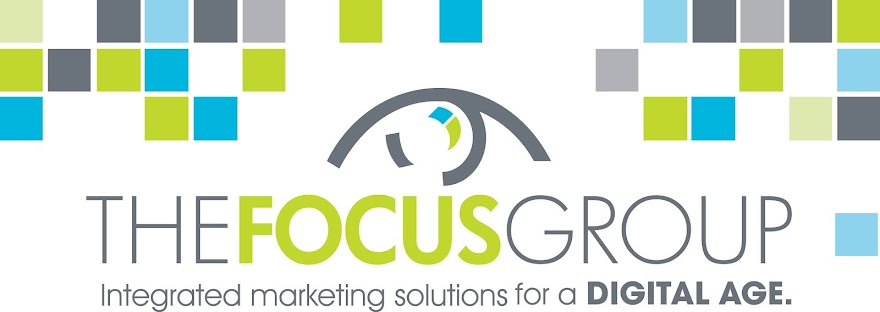For those of you in England who have previously restrained
yourselves from tweeting/Facebook-ranting out of legal concern, fear no more!
A British man who had jokingly tweeted about bombing an
airport recently had his conviction overturned by the High Court, and many are
citing his legal victory as a win for online free speech worldwide.
Paul Chambers, the Brit who shot off the ingenious tweet
below (I kid.), is at the center of the “milestone ruling” that Chambers’
lawyer claims will have serious implications “both nationally and
internationally.”
Chambers’ tweet: "Crap! Robin Hood Airport is closed.
You've got a week and
a bit to get your
sh-- together, otherwise I'm blowing the airport sky high!"
Chambers’ lawyer interpreted the ruling even further,
saying, “It means that if you intend to make a joke and if what you do is a
joke, however bad a joke that is, you cannot be prosecuted.”
This is particularly interesting seeing as how Greek athlete
Voula Papachristou just got booted from the Olympics because of her racist
tweet
about African immigrants in Greece. (I bet Voula wishes she had been competing
for GB now!)
 |
| Voula Papachristou |
The British ruling also raises questions about Internet law
in the U.S.
Because let’s face it, joke or no joke, if you tweet about
assassinating the president, you aren’t getting let off the hook like good ole
Paul Chambers.
So what exactly does the ruling mean for the rest of the
world?
Well, it means that England is taking a slightly more lax
legal approach toward the virtual universe. And that’s about it.
Sure, that whole “precedent” thing comes to mind, but the
mostly unchartered waters of Internet law indicate that both national and
international rulings have a long way to go.
Legal power online is questionable thus far, and even Google
has only gone as far as to “encourage” YouTube users to use their real names when
posting comments to reduce cyber-bullying and the like, rather than make an
actual legal move.
As for the marketing side of it all? It’s never been more important
that individuals and businesses alike keep a close watch over how they’re representing
themselves/being represented in the virtual community.
Just look at U.K.-based CelebBoutique, who before being
informed of the Aurora Massacre in Colorado tweeted this:
“#Aurora is trending,
clearly about our Kim K inspired #Aurora dress ;) Shop:
celebboutique.com/aurora-white-pleated-v-neck-strong-shoulder-dress-en.html…”
Talk about a marketing nightmare.
A fellow Twitter blunderer, the American Red Cross had a
similar—but much more light-hearted—rogue tweet get out:
Thankfully for them, the tweet wasn’t as damaging of a PR
issue.
To sum things up, us American folks should probably continue
to steer clear of the fake bomb threats. And for those of you searching for
help managing your social media content/online image, look no further than The
Focus Group to make your online experience as simple and beneficial as
possible.
Until next time,
MARA JOFFE
Blogger

































